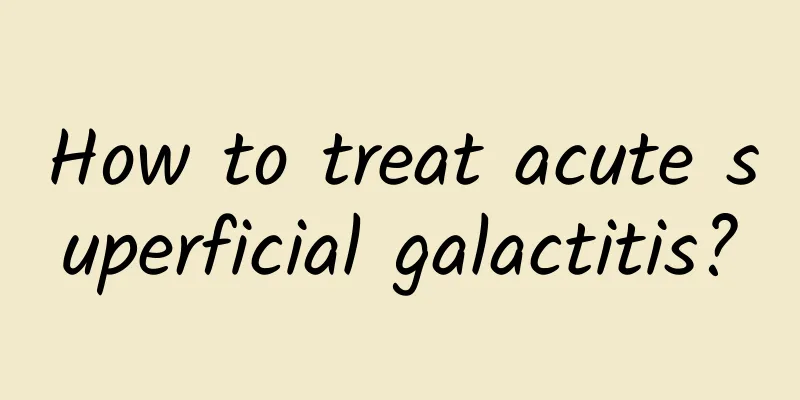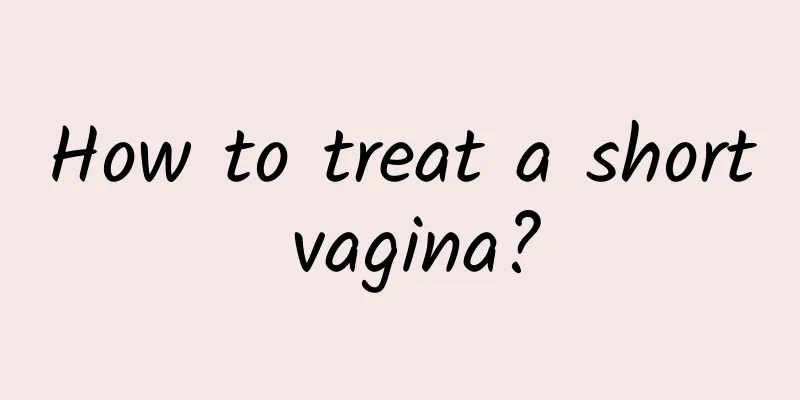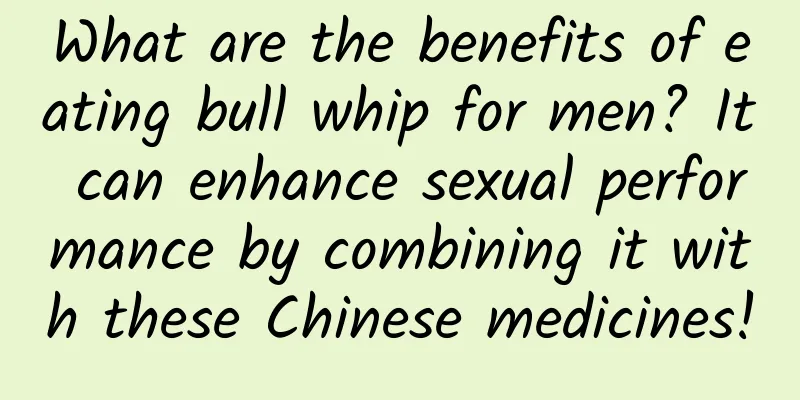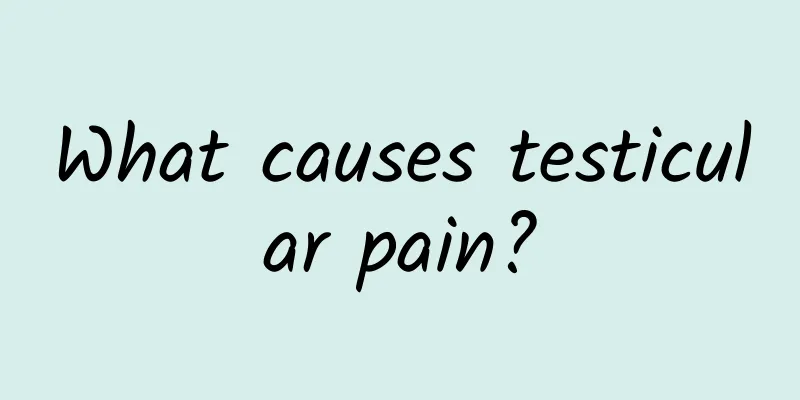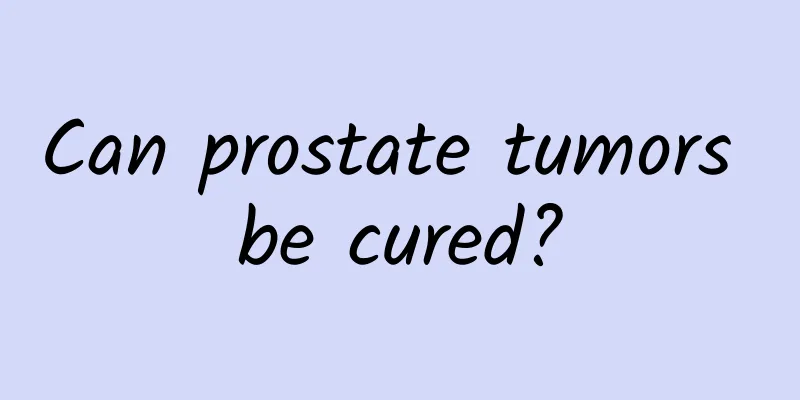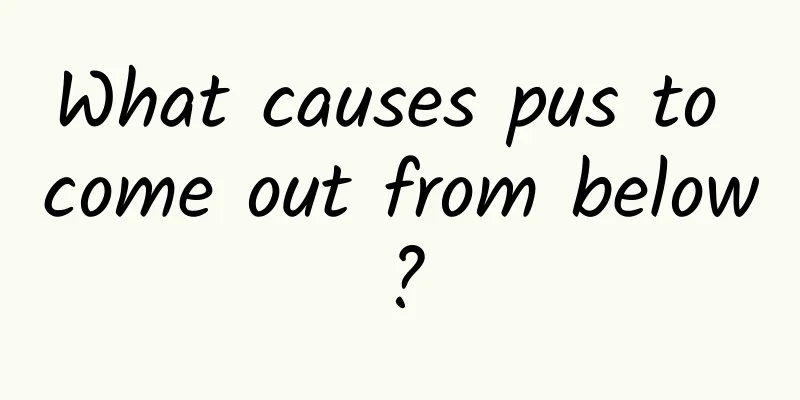Chinese medicine and methods for treating prostatitis
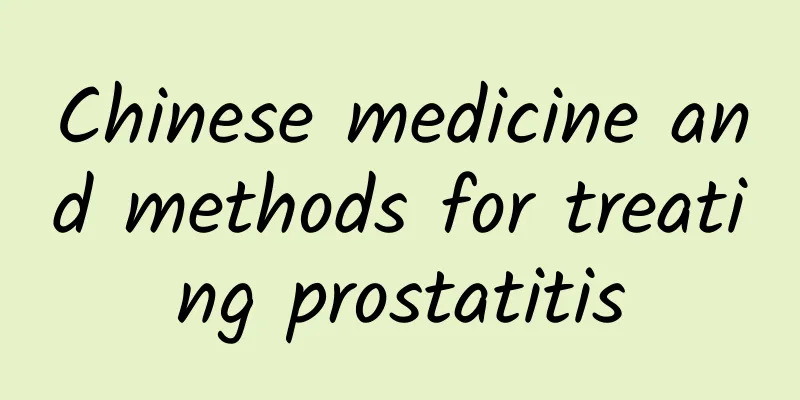
|
Nowadays, the pressure of fast-paced life makes our physical health worse than before. Various diseases are breeding, and the incidence of many diseases has doubled. Now many young people have prostate problems. This problem has brought great impact on the body and mind of our young people. It affects the physical health of our young people and also leads to unhealthy development of the mind because of this unspeakable problem. Therefore, it is urgent to find active and effective treatment methods. So what are the good ways to treat prostate? Let us learn about the Chinese medicine for treating prostatitis. Treatment: 1. Antimicrobial therapy The discovery of pathogenic pathogens in prostatic fluid culture is the basis for selecting antibacterial drug treatment. If patients with non-bacterial prostatitis have signs of bacterial infection and general treatment is ineffective, they can also be appropriately treated with antibacterial drugs. When choosing antibacterial drugs, it is necessary to pay attention to the presence of a prostate-blood barrier composed of lipid membranes between the prostate acini and the microcirculation, which hinders the passage of water-soluble antibiotics and greatly reduces the therapeutic effect. When prostate stones are present, the stones can become a shelter for bacteria. The above factors constitute the difficulty in the treatment of chronic bacterial prostatitis, which requires a longer course of treatment and is prone to recurrence. Currently, quinolone drugs such as ofloxacin or levofloxacin are recommended. If ineffective, continue to use it for 8 weeks. If recurrence occurs and the bacterial species remains unchanged, switch to preventive doses to reduce acute attacks and relieve symptoms. If long-term use of antibiotics induces serious side effects, such as pseudomembranous colitis, diarrhea, and the growth of intestinal resistant strains, the treatment plan needs to be changed. Whether non-bacterial prostatitis is suitable for treatment with antibacterial drugs is still controversial in the clinic. Patients with "aseptic" prostatitis can also use drugs that are effective against bacteria and mycoplasmas, such as quinolones, SMZ-TMP or TMP alone, used in combination with tetracycline and quinolones or used intermittently. If antibiotic treatment is ineffective and it is confirmed to be aseptic prostatitis, antibiotic treatment should be discontinued. In addition, using a double balloon catheter to block the prostatic urethra and injecting antibiotic solution from the urethral cavity back into the prostatic duct can also achieve the purpose of treatment. Type I is mainly treated with broad-spectrum antibiotics, symptomatic treatment and supportive treatment. Type II is recommended to be treated with oral antibiotics, and sensitive drugs are selected. The course of treatment is 4-6 weeks, during which the patient should be evaluated for the efficacy. Type III can first take oral antibiotics for 2 to 4 weeks and then evaluate the efficacy. At the same time, non-steroidal anti-inflammatory drugs, α-receptor antagonists, M-receptor antagonists, etc. are used to improve urination symptoms and pain. Type IV does not require treatment. 2. Anti-inflammatory and analgesic drugs Nonsteroidal anti-inflammatory drugs can improve symptoms. Generally, indomethacin is taken orally or in suppositories. Chinese medicine also has certain effects in using anti-inflammatory, heat-clearing, detoxifying, and hardness-softening drugs. Allopurinol can reduce the concentration of uric acid in the whole body and prostatic fluid. Theoretically, as a free radical scavenger, it can also remove active oxygen components, reduce inflammation, and relieve pain. It is an optional auxiliary treatment method. 3. Physical therapy Prostate massage can empty the concentrated secretions in the prostate duct and drain the infection focus in the obstructed area of the gland. Therefore, for stubborn cases, prostate massage can be performed every 3 to 7 days while using antibiotics. A variety of physical factors are used for prostate physiotherapy, such as microwave, radio frequency, ultrashort wave, medium wave and hot water sitz bath, which are beneficial for relaxing the prostate, posterior urethral smooth muscle and pelvic floor muscle, enhancing antibacterial efficacy and relieving pain symptoms. 4.M-receptor antagonists M-receptor antagonists can be used to treat prostatitis in patients with symptoms of overactive bladder such as urgency, frequency, and nocturia but without urinary tract obstruction. 5.α-receptor antagonists Patients with prostatitis, bacterial or non-bacterial prostatitis have increased tension in the prostate, bladder neck and urethral smooth muscles. During urination, the increased pressure in the posterior urethra causes urine to flow back into the prostatic duct, which is an important cause of prostatitis, prostatic stones and bacterial prostatitis. The use of α receptor antagonists can effectively improve prostatitis and urination symptoms, which is important for preventing recurrence of infection. α receptor antagonists should be used for a longer course of treatment to allow enough time to adjust the smooth muscle function and consolidate the therapeutic effect. 6. Prostate massage and heat therapy Prostate massage is one of the traditional treatment methods. Studies have shown that proper prostate massage can promote the emptying of the prostate duct, increase local drug concentration, and thus relieve the clinical symptoms of chronic prostatitis. Heat therapy mainly uses the heat effect produced by a variety of physical means to increase blood circulation in prostate tissue, accelerate metabolism, and help to eliminate tissue edema and relieve pelvic floor muscle spasms. 7.Surgery Surgical treatment can be used for recurrent chronic bacterial prostatitis. Prostatectomy can achieve the goal of cure, but it should be used with caution. Since prostatitis usually affects the peripheral zone of the gland, it is difficult to achieve the purpose of treatment with transurethral resection of the prostate. TURP can remove prostate stones and bacterial infection lesions near the prostate ducts, which is beneficial to reduce the reinfection of peripheral zone lesions. Chronic bacterial prostatitis can lead to recurrent urinary tract infections and infertility. The above content introduces us to the issue of traditional Chinese medicine for treating prostatitis. Our young people should not deliberately avoid it just because the prostate involves privacy issues. We should actively seek effective treatment methods to solve our own prostate problems as soon as possible. We can use the above methods. Finally, I wish you all a speedy recovery of your health. |
<<: Interventional treatment of prostatitis
>>: Advantages of Painless Circumcision
Recommend
What medicine should be used to clean the itchy glans?
The male reproductive organ is exposed, unlike th...
What is the disease of redness, swelling and itching of the glans penis?
Balanitis usually presents with symptoms such as ...
What is the most powerful aphrodisiac wine?
If you want to improve your sexual performance, y...
What causes scrotal fever?
Some men will find that part of their scrotum is ...
I have sexual desire but can't get an erection. What should I do?
A netizen asked: I have sexual desire, but I just...
How to read sperm test report
Many people may feel guilty about the problems of...
What is the reason for male urine to be yellow and have a strange smell?
Urine can test the health status to a certain ext...
What are the types of circumcision surgery?
Circumcision is to remove the excessive foreskin,...
A nourishing diet for men's sexual fatigue
Sexual fatigue refers to systemic wasting disease...
What are the anti-inflammatory drugs for prostate?
Nowadays, as many graduates hope to get better sa...
What causes male impotence? It's not just age!
When men reach a certain age, their sexual abilit...
Men should never do this secretly during pregnancy preparation
In modern society, a couple usually only wants on...
Delicious kidney-tonifying recipes are here to cure kidney deficiency and impotence!
The role of the kidneys in the body is huge, so a...
What are the differences between fine lines and wrinkles on the human body?
Wrinkles refer to the small fine lines and wrinkl...
Can you eat bullwhips? A great tonic for men!
Animal whips are the reproductive organs of anima...
